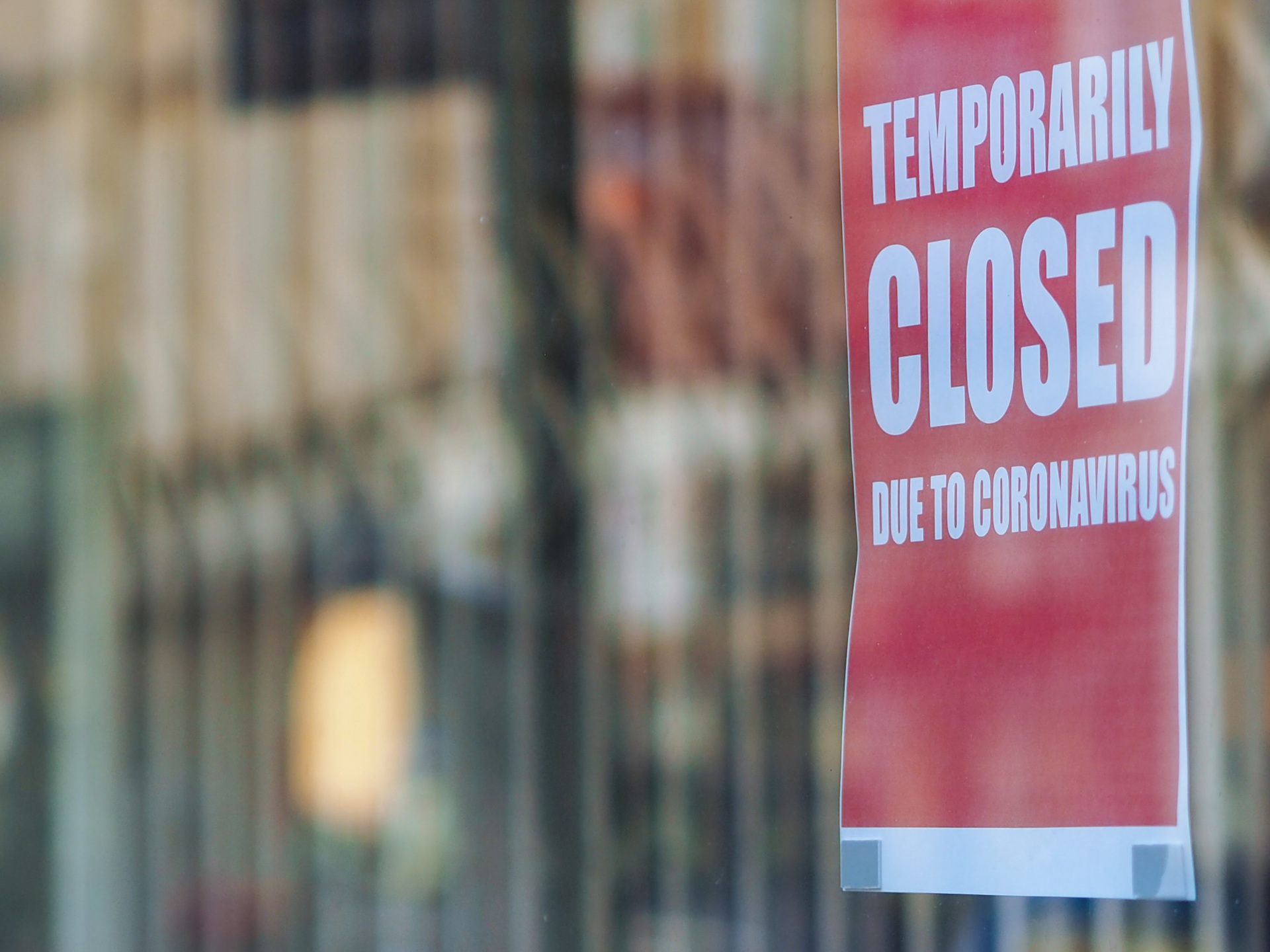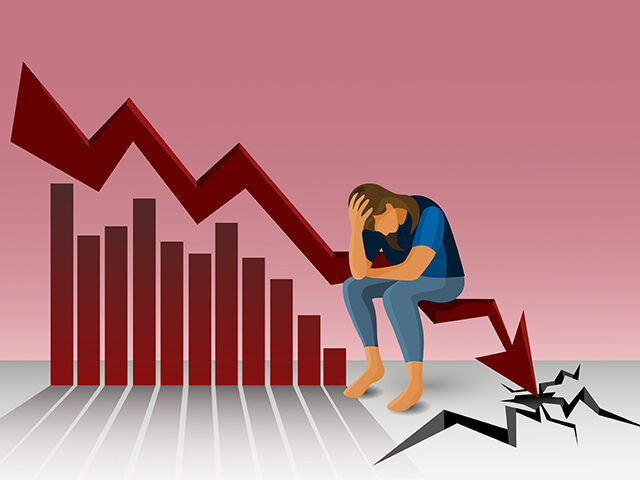Buried inside the minutes of the latest meeting of the Federal Open Market Committee (FOMC) was a piece of very sobering news: the staff of the Federal Reserve board believe the potential output of the U.S. economy is even lower than thought.
This went largely unnoticed until it was spotted by Craig Torres of Bloomberg about a week after the minutes were released on October 12. It did not even show up in the projections of the FOMC participants themselves. The median long-run forecast for economic growth remained at 1.8 percent, exactly where it was at the June meeting. Perhaps a glimpse of it could be seen in the fact that the central tendency of projections now runs from 1.7 percent to two percent, a tick-down from the prior meeting when the floor was 1.8 percent.
The minutes of the meeting include a section titled “Staff Economic Outlook.” This is a report on the briefing given by the staff to the FOMC about the state of the economy. It tends to be quite conservative—not politically conservative but conservative in terms of risk and change. So, when the staff changes one of its core economic views—and there is little that is more central than the potential output of the economy—you can be certain that this was not something undertaken lightly. It is a claim for which they have very strong, even overwhelming, evidence.
As the minutes report, the Fed staff has “revised down significantly” the growth potential of the economy. It is worth quoting the report at length:
However, the staff’s estimate of potential output in recent history was revised down significantly in response to continued disappointing productivity growth and the sluggish gains in labor force participation seen so far this year; moreover, this lower trajectory for potential output was expected to persist throughout the forecast period. As a result, the staff’s estimate of the output gap was revised up considerably this year, and while the staff projection still had the output gap closing in coming years, the level of output was expected to be slightly above potential at the end of 2025. Likewise, the unemployment rate was expected to rise more slowly than in the July projection and to be slightly below the staff’s estimate of its natural rate at the end of 2025.
In Fed speech, “potential output” is the level of economic growth that is sustainable and consistent with price stability. Confusingly, the economy can grow above “potential,” but doing so for a prolonged period is likely to push up inflation, in the view of the Fed staff. So, when the Fed staff says potential growth is lower, they are also implying that the economy has overheated more than was previously thought. You can think of it like a speed limit for the economy. What we’re discovering is that the speed limit may have been lower, so our excess speed was greater. To ditch the metaphor, potential growth has fallen, so last year’s fourth quarter to fourth quarter 5.7 percent growth was even further above potential than it looked.

(iStock/Getty Images)
Most of the time, the potential growth of the economy would be expected to adjust very slowly over long periods of time. This significant revision appears to indicate that the pandemic changed that. We emerged from the lockdown with an economy more hidebound than the one we entered into it with. The supply side problems that at first looked like they might be temporary are not going to fade completely because our ability to grow the supply side is less than it was.
The consensus of economic forecasters is that the potential growth of the U.S. economy is somewhere around two percent or lower. Part of the appeal of Donald Trump was his belief that this was an underestimate of our economic potential or that the right set of policies, built around the concepts of economic nationalism, could raise the potential. This was the source of President Trump’s argument against the Federal Reserve’s rate hikes in 2017 and 2018. The Fed saw above two percent growth and fiscal policies designed to raise growth to three percent as threatening inflation—and therefore a reason to hike. Trump saw that there were no signs of inflation despite the higher growth rate and argued that the Fed should accommodate more growth.
The Congressional Budget Office assumes a 1.9 percent growth potential in the near and medium term but thinks that will come down as the population ages. The FOMC’s median forecast, as we said, is 1.8 percent, just a tenth lower than prepandemic. The Fed’s staff’s view seems to be that these estimates are “significantly” too high.

Members of the Federal Reserve Board of Governors pose for a group photo on May 23, 2022, in Washington, DC. From left to right: Christopher Waller, Michelle Bowman, Chair Jerome Powell, Vice Chair Lael Brainard, Philip Jefferson, and Lisa Cook. (Drew Angerer/Getty Images)
The lower potential growth indicates that Fed policy has been even more accommodative in the post-pandemic period than expected. This would help explain why inflation has been even higher than expected. Fed officials were underestimating the size of the gap between actual growth and potential growth, which encouraged them to see inflation as transitory and keep policy accommodative for longer.
The near term result of this is likely to mean that the Fed will have to keep raising rates for longer—or raise them at a faster pace—and then keep rates restrictive for longer to bring the economy down to the new, shrunken potential. The market currently sees a five percent Fed target late next spring as the peak. That increasingly looks like it could be an underestimate.

COMMENTS
Please let us know if you're having issues with commenting.